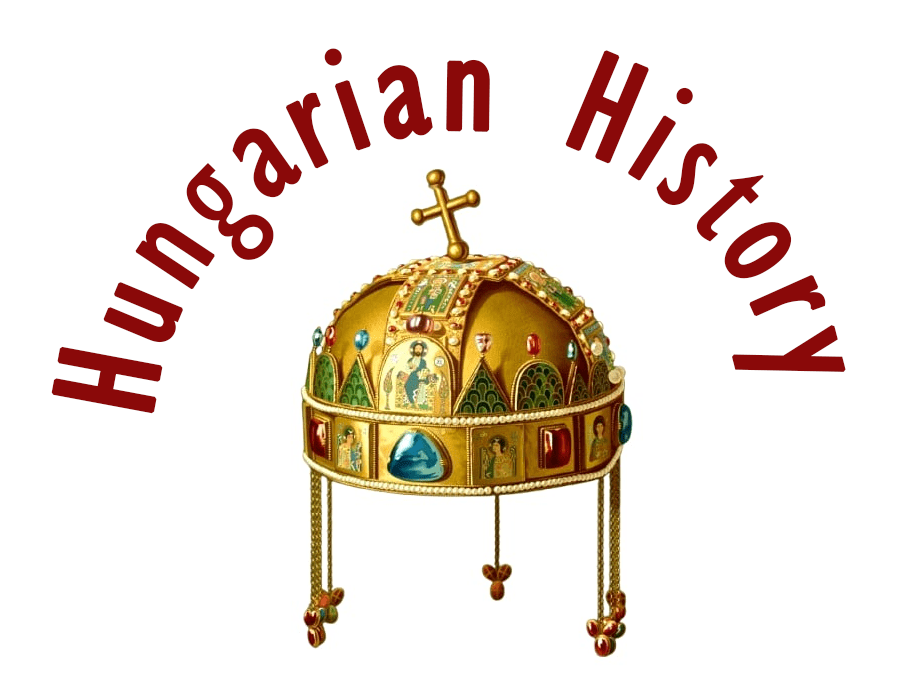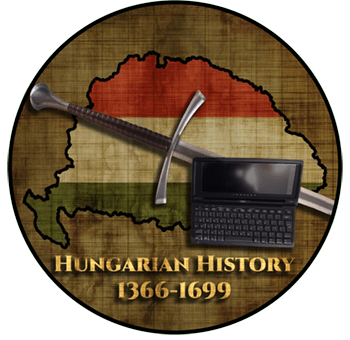After the fall of Érsekújvár (16 November) and the siege of Lipótvár, the Imperials had to act if they did not want the other important fortress in the Vág region to fall into Rákóczi’s hands. Field Marshal Siegbert Heister was, therefore, assigned to push eastwards and prevent the capture of Lipótvár.

General Breuner and Colonel Dillherr’s units were stationed on the northern flank of Heister’s army, on the banks of the Morava River. The commander-in-chief had tasked them to cover the concentration of his army at Dürnkrut. To this end, he placed 4 battalions of infantry and 400 cavalry at his disposal, in addition to the 12,000 or 13,000 troops already there.

Dillherr tried to incite the Kuruc troops, which were grouped in the plains between the Little Carpathians and the Morava River, under the command of Ocskay László, to fight. The Kuruc troops, numbering some 6,000, had built strong entrenchments around the village of Jakabfalva, which lies roughly in the middle of the area. Heister and Dillherr had agreed that the Field Marshal would use a diversionary maneuver to give the impression that he was preparing to enter Hungary from the direction of Pozsony while turning north and crossing the Morava at Dürnkrut to draw Ocskay’s cavalry northwards. In the meantime, Dillherr assaulted the entrenchments at Jakabfalva with a frontal attack.

However, Heister was unable to cross the bridge at Vienna in time to arrive at the agreed time, the night of 24-25 November, and not before the morning of the 25th. It seems that he also informed Dillherr of his delay and sent him a message to postpone the attack by 24 hours. However, the General either did not receive this or refused to change the time of the agreed attack.

So, at dawn on the 25th, he surrounded Jakabfalva and ordered the commander of the entrenchments (we don’t know who he was, only that he was a lieutenant colonel) to surrender. This was to buy time for his infantry and cannon to arrive. When these were at his disposal, he led 300 musketeers in a short exchange of fire and led a charge against the entrenchment. The fierce attack drove the Kuruc guard from the entrenchments. Then he wanted to retreat towards the Morava, but he had just enough time to escape from the Kuruc horsemen who rushed towards him at the noise.

Friar Andrássy Miklós, the “dervish general”, with his Tatar horsemen, charged Dillherr’s rearguard, who answered the onrushing enemy with cannons. The enemy, however, did not care about the fire directed at them, and in fact, they became more and more numerous. Dillherr understood that without Heister, his troops would bleed to death. Around 10 a.m., the army colonels Ocskay, Bokros Pál, and Thuróczy Gáspár appeared on the scene, and Dillherr ordered a retreat.

The constantly attacking Kuruc cavalry could not inflict serious damage on the retreating Imperials, because Dillherr’s cannons were masterly at covering the retreat. True, the retreat lasted until 4 p.m., although the distance to Morava River was barely 8 kilometers. He managed to cross the river with 15 dead and wounded, one of his dead, Captain De Villers, being pierced by a Tartar lance. And Dillherr’s horse was pierced by two Tartar arrows.

The Imperial troops nevertheless made their way back to Moravia, capturing several Kuruc flags and 600 cattle. Ocskay’s horse was wounded by a cartridge, his rider was thrown from his horse, and the famous captain was still in bed weeks later. In his report, Dillherr announced Ocskay’s death.

Dillherr only met Heister in the evening, who criticized his hasty advance, but praised his heroic and vigorous leadership. The Kuruc, however, were now aware of the Imperial plan of war and were able to disrupt Heister’s concentration. The major-general was thus only able to begin his attack on Hungary in mid-December, which culminated in the Battle of Nagyszombat on Christmas Eve. Although the Kuruc did not destroy Dillherr’s contingent, they succeeded in delaying the main Imperial advance.

Source: Szibler Gábor
Dear Readers, I can only make this content available through small donations or by selling my books or T-shirts:
Please, support me with a coffee here: https://www.buymeacoffee.com/duhoxoxa
You can check out my books on Amazon or Draft2Digital, they are available in hardcover, paperback, or ebook:
https://www.amazon.com/dp/198020490X or at https://books2read.com/b/boYd81

My work can also be followed and supported on Patreon: Become a Patron!http://Become a Patron!
Become a Patron! and donations can be sent by PayPal, too: https://tinyurl.com/yknsvbk7


https://hungarianottomanwars.myspreadshop.com/all
Subscribe to my newsletter here: https://tinyurl.com/4jdjbfkn

